IV. Restatement of Principles
In the past decade, the university has offered several key statements of principle that implicate issues of equity and inclusion. Most prominently, the Johns Hopkins Institutions Diversity and Inclusion Statement, first issued in spring 2006, declares ours to be “a community committed to sharing values of diversity and inclusion in order to achieve and sustain excellence” and recognizes that “the responsibility for excellence, diversity, and inclusion lies with all of us at the Institutions: leadership, administration, faculty, staff, and students.” The Principles for Ensuring Equity, Civility, and Respect for All, issued that same year, express the university’s vision of “a university culture that is without illegal discrimination and embraces both equity and diversity.” The University Statement on Equal Opportunity attests to our commitment “to providing qualified individuals access to all academic and employment programs, benefits, and activities on the basis of demonstrated ability, performance, and merit without regard to personal factors that are irrelevant to the program involved.”
Finally, in the Ten by Twenty, an articulation of the university’s priorities released in 2013, we affirmed that “Johns Hopkins is dedicated to guaranteeing equal opportunity for every person in our community, and the recruitment and retention of women and underrepresented minorities, including into positions of leadership.” Other statements of principle—from stand-alone divisional statements to declarations made within major university reports—callout the importance of diversity to our institution.
To some extent, each of these statements is a response to the challenges of their particular moments, even as they describe foundational commitments and lasting values.
In light of an evolving national and campus conversation, we will review these statements to eliminate the fragmented nature of our commitments and to express a simple, clear, and compelling universitywide conviction around diversity, equity, and inclusion. This overarching statement will help articulate these core values, why they matter, and how they are woven inextricably into our mission and other principles that animate our university, such as individual excellence and academic freedom. If the Roadmap provides a plan of action, this affirmative public statement of principle can serve as a guiding compass.
Next steps
In the spring and summer of 2016, the president and provost, working closely with the vice provost for institutional equity, initiated a review of all existing Johns Hopkins statements concerning diversity and inclusion. As part of this review, similar statements at peer institutions are being evaluated. This fall, a core team of university leaders—the president, provost, chief diversity officer, and chair of the Diversity Leadership Council—will spearhead an effort to develop a new overarching statement of principles for the university, with input from an advisory committee of faculty, students, and staff, and ultimately the broader Johns Hopkins community.
A draft of the new statement of principles will be posted by the end of the 2016 calendar year, with an invitation to provide input online or through in-person discussion sessions in early 2017. A final statement will be submitted for the endorsement of the deans, university leadership, and the board of trustees by the end of this academic year. The statement then will be included in relevant governing documents and posted to the university website.





